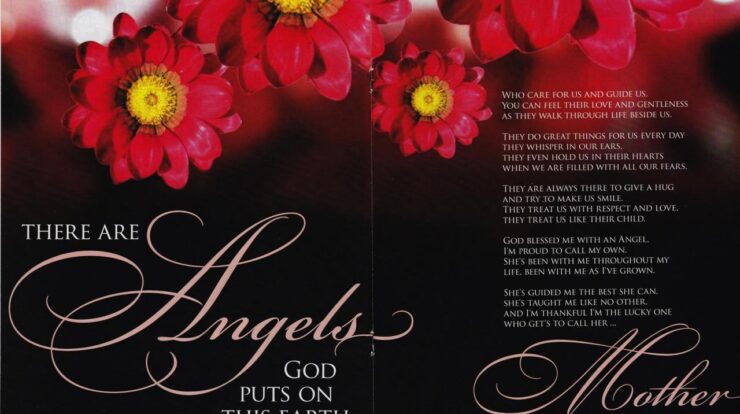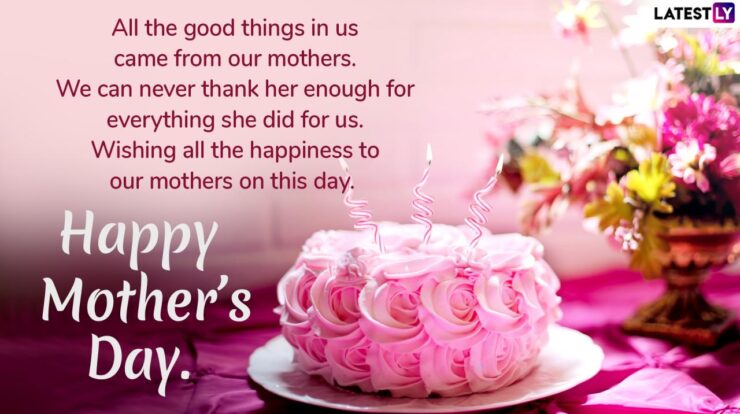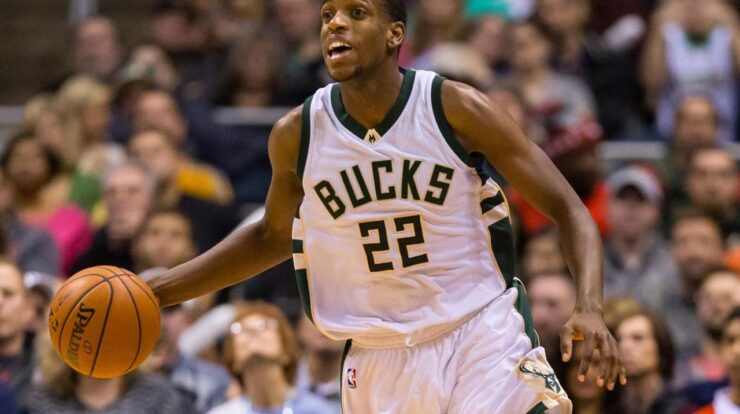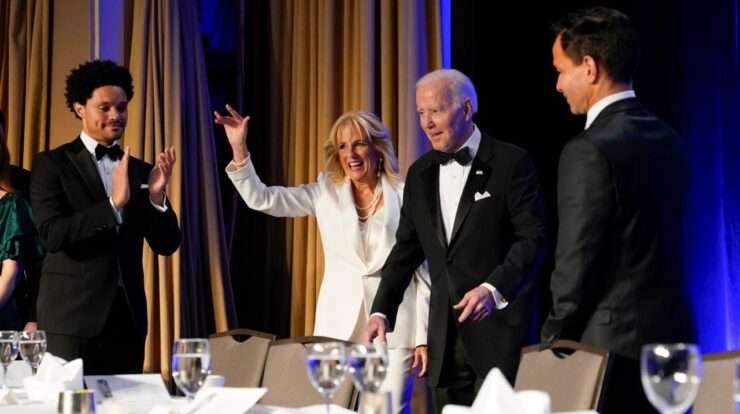
White house correspondents dinner watch – Welcome to the White House Correspondents’ Dinner Watch, where we delve into the rich history, cultural significance, and controversies surrounding this iconic event. From its humble beginnings to its star-studded present, the dinner has evolved into a cultural phenomenon that both captivates and polarizes.
In this comprehensive guide, we’ll explore the dinner’s role in fostering relationships between the press and the presidency, its impact on political discourse and public opinion, and the memorable moments of humor and satire that have graced its stage.
For combat sports enthusiasts, don’t miss the thrilling BKFC fights. Catch all the action with our guide on how to watch. And if you’re looking for a more interactive way to enjoy your favorite shows, Amazon Watch Party allows you to watch with friends and family from the comfort of your own homes.
White House Correspondents’ Dinner: A Historical and Cultural Perspective
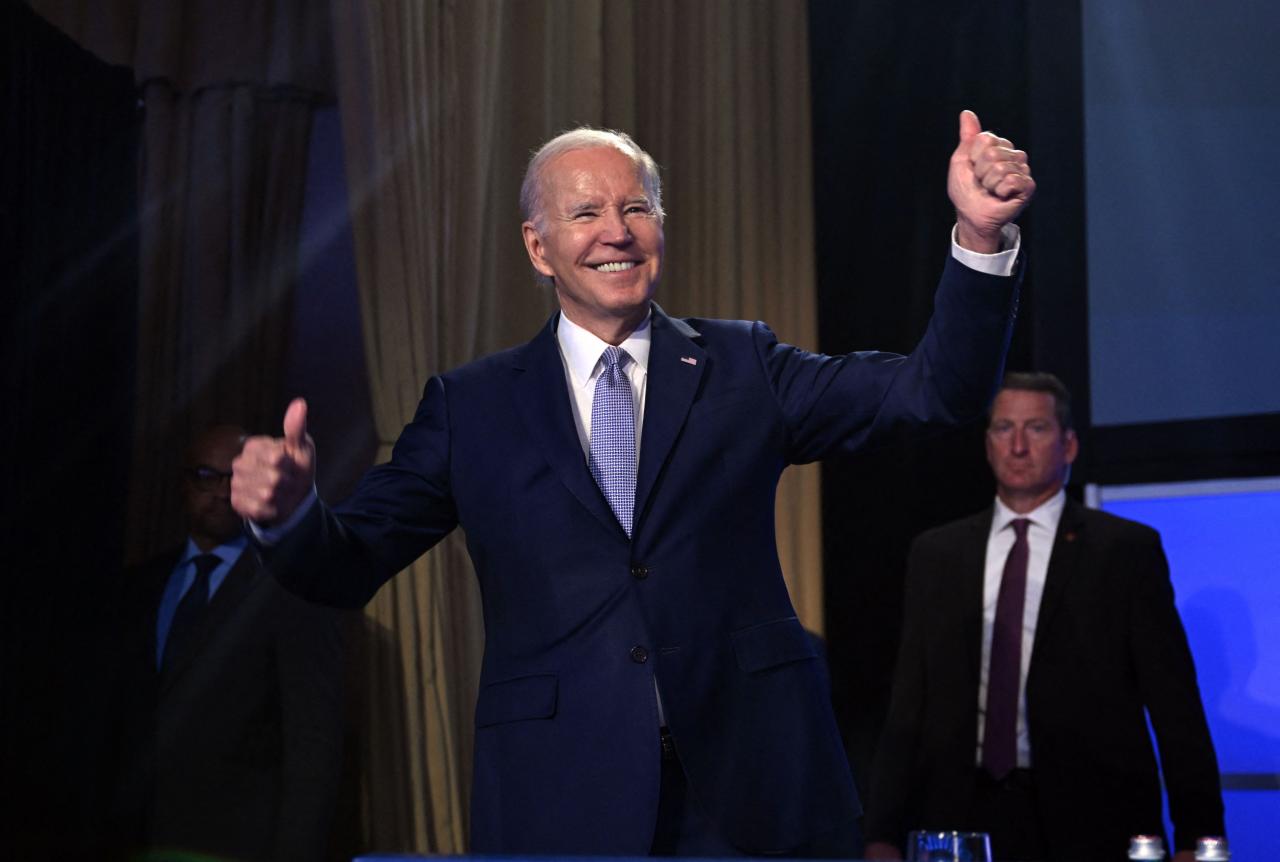
The White House Correspondents’ Dinner is an annual event that has evolved over time into a significant cultural and political occasion. It provides a unique platform for the press and the presidency to interact, fostering relationships and shaping public discourse.
Historical Context
The dinner traces its origins to 1920, when a group of journalists gathered for a casual dinner with President Warren G. Harding. Over the years, it has evolved into a formal event attended by presidents, cabinet members, celebrities, and media personalities.
Notable events and moments from past dinners include President Harry Truman’s famous “Give ’em hell, Harry” speech in 1948 and President John F. Kennedy’s witty remarks in 1962. These moments have cemented the dinner’s place in American history and culture.
The Dinner’s Purpose and Significance
The dinner serves several important purposes. It fosters relationships between the press and the presidency, providing an opportunity for dialogue and understanding. It also allows the press to hold the government accountable and to scrutinize its policies and actions.
The dinner has a significant impact on political discourse and public opinion. The speeches and jokes delivered at the dinner often generate headlines and shape the public’s perception of the president and the media.
Humor and Satire at the Dinner, White house correspondents dinner watch
Humor and satire are central to the White House Correspondents’ Dinner. The featured comedian typically delivers a monologue that pokes fun at the president, the press, and other political figures. These jokes can be biting, but they are also often self-deprecating and lighthearted.
Memorable jokes from past dinners include President Ronald Reagan’s quip that he was “not a crook” in 1981 and President Barack Obama’s jokes about his age and hair in 2016.
The Dinner as a Cultural Event
The White House Correspondents’ Dinner is a major social event that attracts celebrities and media personalities. It is often seen as a symbol of Washington’s elite culture.
The dinner has a significant impact on fashion, entertainment, and popular culture. The attendees often dress in formal attire, and the event is often covered by fashion magazines and entertainment shows.
The Dinner’s Critics and Controversies
The White House Correspondents’ Dinner has faced criticism and controversy over the years. Some critics have accused it of being elitist and biased towards the press.
Staying informed about potential hazards is crucial. Whether it’s a weather watch or warning , knowing the difference can save lives. On the entertainment front, hosting an Amazon Watch Party is a great way to connect with friends and family.
If you’re looking for a more interactive experience, check out Watch Together , where you can watch movies and TV shows with others in real-time.
In response to these criticisms, the dinner has evolved its format and content. The dinner now includes a more diverse range of speakers and performers, and it has made efforts to address issues of bias and diversity.
The Future of the Dinner
The future of the White House Correspondents’ Dinner is uncertain. Some critics have suggested that it has become too partisan and that it no longer serves its original purpose.
However, the dinner remains a popular event that continues to generate significant attention and discussion. It is likely that the dinner will continue to evolve in the years to come, but it is unclear what its future will hold.
Final Review
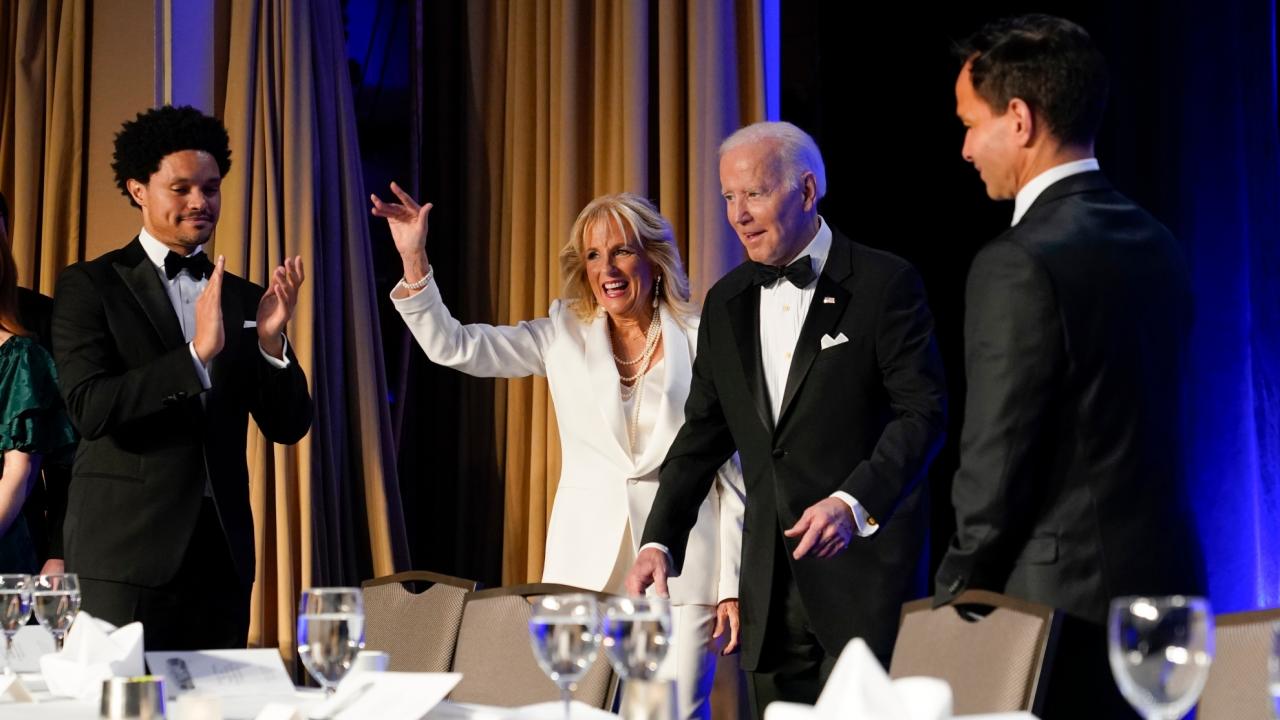
As the White House Correspondents’ Dinner continues to evolve, its future remains uncertain. However, one thing is for sure: this annual event will continue to be a lightning rod for controversy, a showcase for political humor, and a barometer of the relationship between the media and the most powerful office in the world.
Question & Answer Hub: White House Correspondents Dinner Watch
When was the first White House Correspondents’ Dinner held?
The first dinner was held in 1921.
Who typically attends the dinner?
The dinner is attended by the President of the United States, members of the press, politicians, celebrities, and other notable figures.
What is the purpose of the dinner?
The dinner is a way for the press to honor the President and for the President to engage with the press in a more informal setting.


